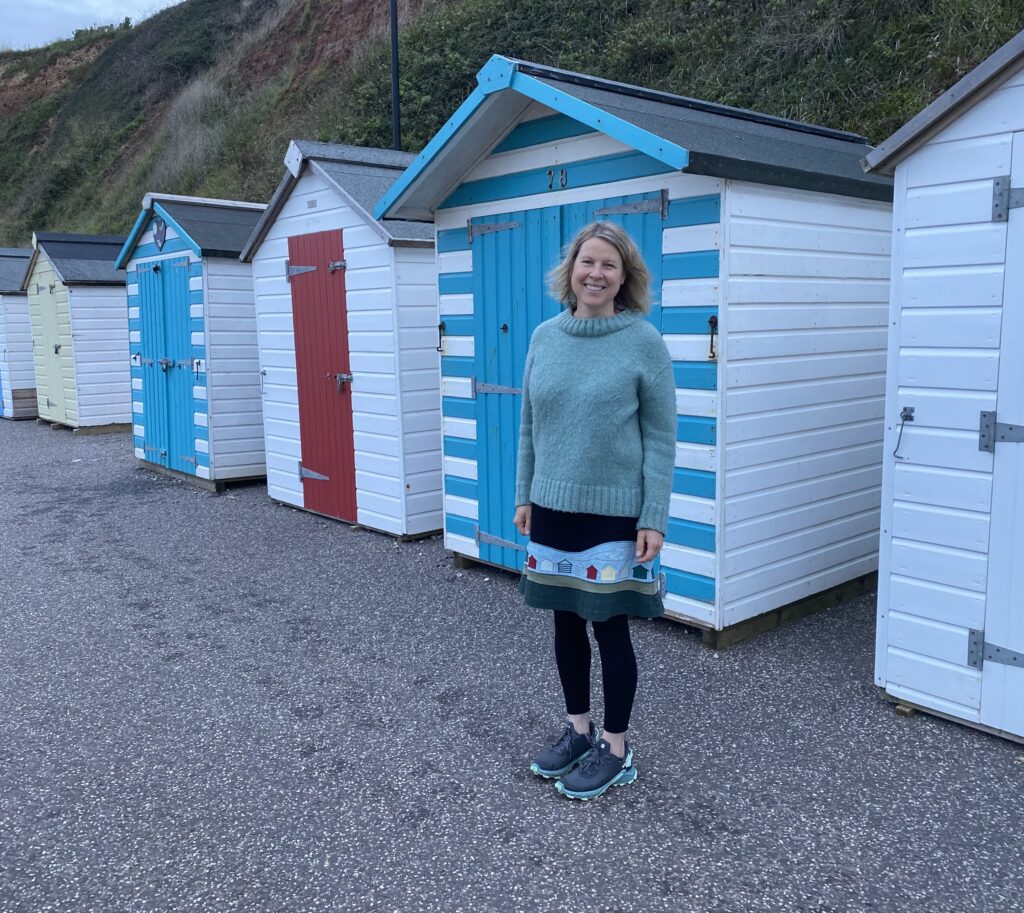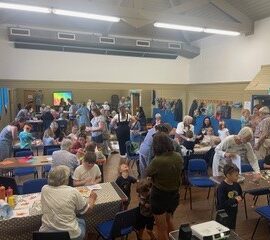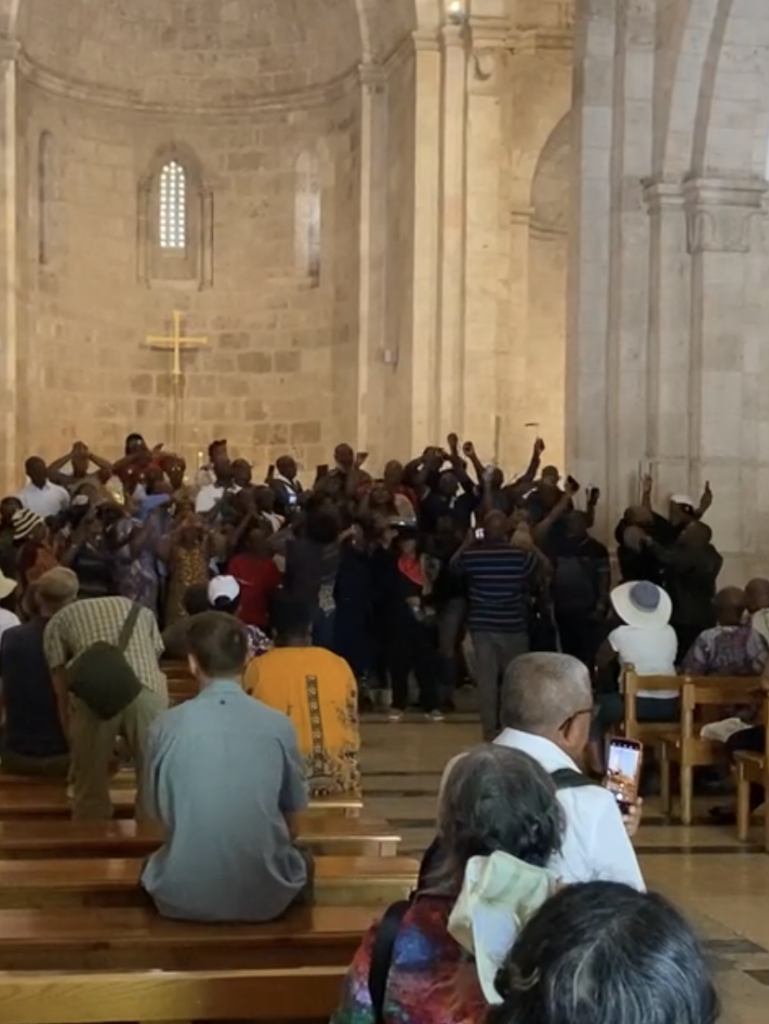There is neither Jew nor Greek, there is neither slave nor free, there is no male and female,
for you are all one in Christ Jesus. Galatians 3:28 (ESV)
My trip to the Holy Lands seemed to be all about spotting differences. We were experiencing how it feels to walk about in 30C heat (I’m used to Summer rain and 20C in London); our taste buds experienced different types of food, such as ‘Halva’ (sweet) and ‘Hummus’ (savoury) for breakfast; the smell of incense wafted around many churches and we listened to the evocative calls to prayer at different times during the day, evening and early hours of the morning, broadcast from the minarets dotted around Jerusalem, and positioned immediately outside our accommodation. We noticed the different holy days for each religion: on a Friday lunchtime, we came across Arab men kneeling on prayer mats in the marketplace in Nazareth; we walked through the nearly deserted Jewish quarter of Jerusalem on Shabbat, except for groups of orthodox Jewish men and boys taking a walk in their black suits, with a choice of headgear: Shtreimels, Fedoras or different styles of kippot. I noticed the lack of women.
Over the 12-day trip, we visited a lot of churches, and soon became practised at spotting the different denominations via the religious bling that adorned each church: the elaborate Gantegh oil lamps in the Armenian churches; the iconostasis (screen) that covers the altar in the Greek Orthodox churches and the icons of Mary and Jesus in the Roman Catholic churches. These expressions of Christian culture were far removed from my own person experience of journeying with Jesus, and the place where I felt most disconnected and more of a religious history spectator, was in The Church of the Holy Sepulchre, considered to be the holiest site for Christians in the world and a place of pilgrimage for Christians since the 4th century. It contains the alleged site where Jesus was crucified, and Jesus’ empty tomb, where he was buried and resurrected.
We arrived at midday to a bustling, pushing crowd of pilgrims, eager to pray at the spot where they think the cross may have stood, and willing to queue for three hours to see an empty tomb. The denominational differences were on full display, with control of the church shared among several Christian denominations including Roman Catholic, Greek orthodox, Armenian Apostolic, Coptic, Syriac, and Ethiopian Orthodox churches, each with their own chapels and complicated arrangements for worship, due to lack of agreement. There’s even a wooden ladder left out above the entrance, as the different groups could not decide who was responsible for its removal.
So many differences and yet we ‘are all one in Christ Jesus’ (Gal 3:28). What did we have in common? On reflection, we were all searching for a moment of encounter with the resurrected Jesus, and no doubt expecting this to happen in a way that fitted with our own religious cultural expectations. I touched the stone where they supposedly laid Jesus body after he had died, but nothing special happened and so concluded that the presence of religious artefacts was probably not my spiritual style and way of encountering Christ.
I did, however, see positive signs of the global Christian faith at the Church of the Pater Noster, a Roman Catholic church located on the Mount of Olives. Pater Noster means ‘Our Father’ in Latin, and the church is built over a cave where, according to tradition, Jesus hid with his disciples and taught them how to pray, ‘Our Father…’ On the walls of the church and around the cloisters are ceramic plaques with translations of the Lord’s Prayer in 140 languages. I found myself looking for the languages that have connections with our family. As I remembered we’d said this prayer in a variety of languages, at St. George’s Anglican Cathedral Jerusalem, and would again repeat it at the Church of the Nazarene, Nazareth the following Sunday, I realised I am connected through this prayer to millions of Christians around the globe.
This global connection was affirmed when we visited the Church of All Nations, standing inside the Garden of Gethsemane. The name of this church reflects how 16 nations came together to fund the most recent construction, consecrated in 1924. It enshrines a section of bedrock where Jesus is said to have prayed before his arrest. The ceiling is beautifully decorated with stars and olive branches representing the trees of Gethsemane, whilst the purple stained-glass windows allow for the interior to be dimly lit, all designed to mimic the night-time garden where Jesus desperately prayed. Whilst I appreciated the aesthetics of this church, what touched my soul was the unaccompanied singing of a Korean pilgrim group, who were taking part in a Eucharist service. I could not understand their language, but I knew exactly what they were remembering, as the act of communion transcended our human languages.
Later that day I experienced a second spine tingling moment of shared worship across the nations. Within the Pool of Bethesda compound sits the Church of Saint Anne, which apparently marks the traditional home of Jesus’ maternal grandparents Anne and Joachim, and the birthplace of the Virgin Mary (yes, there is a church for everything with some connection to Jesus!). It is renowned for its remarkable acoustics and reverberating echoes. As we entered, a 50-person strong choir of Nigerian pilgrims were singing and swaying in worship, led by an enthusiastic choir master. The joy on their faces just overflowed and before I knew it, I too was raising my hands in worship. After a hurried discussion as to which hymn we could sing all the way through, our smaller group of 16 took to the platform. As we sang ‘Amazing Grace’, a Nigerian woman who had just entered the church started to join in. Without a group to sing with, I waved her over and after a brief hug, we sang together, arms linked. Here we were, complete strangers, drawn together by a shared Christian faith, sharing in a worship song, all one in Christ Jesus.
I was reminded of the Messy Church core value of celebration.
I wonder…?
How can we celebrate our multi-cultural differences and be a Messy Church of All Nations?
If you want to explore this topic with your Messy Church, check out the new Get Messy! Vol 1 February 2024 session ‘Learning to Live Together’.
Aike Kennett-Brown
BRF Messy Church Ministry Lead
Aike visited Jerusalem in June 2023.
You may also like

Seaside Sojourn
21st Oct 2024It seems that I always get booked to deliver in-person training at seaside locations. This trend continued last weekend, as I headed off to the coastal village of Seaton, Devon.

Our Survey Said…
7th Oct 2024Back in February 2024, Church of England kindly sponsored a survey, completed by 330 Messy Church leaders. This is what we...

Storytelling from within God’s Story.
10th Sep 2024Hi Messy Friends! My name is Andrew McDonough. I live in Australia, draw sheep and tell stories. It began long long ago w...

Doing Things Differently in Different Places
6th Aug 2024When we hear these two words ‘Messy Church’, we may well have a picture in our minds of what we hope will happen and h...

